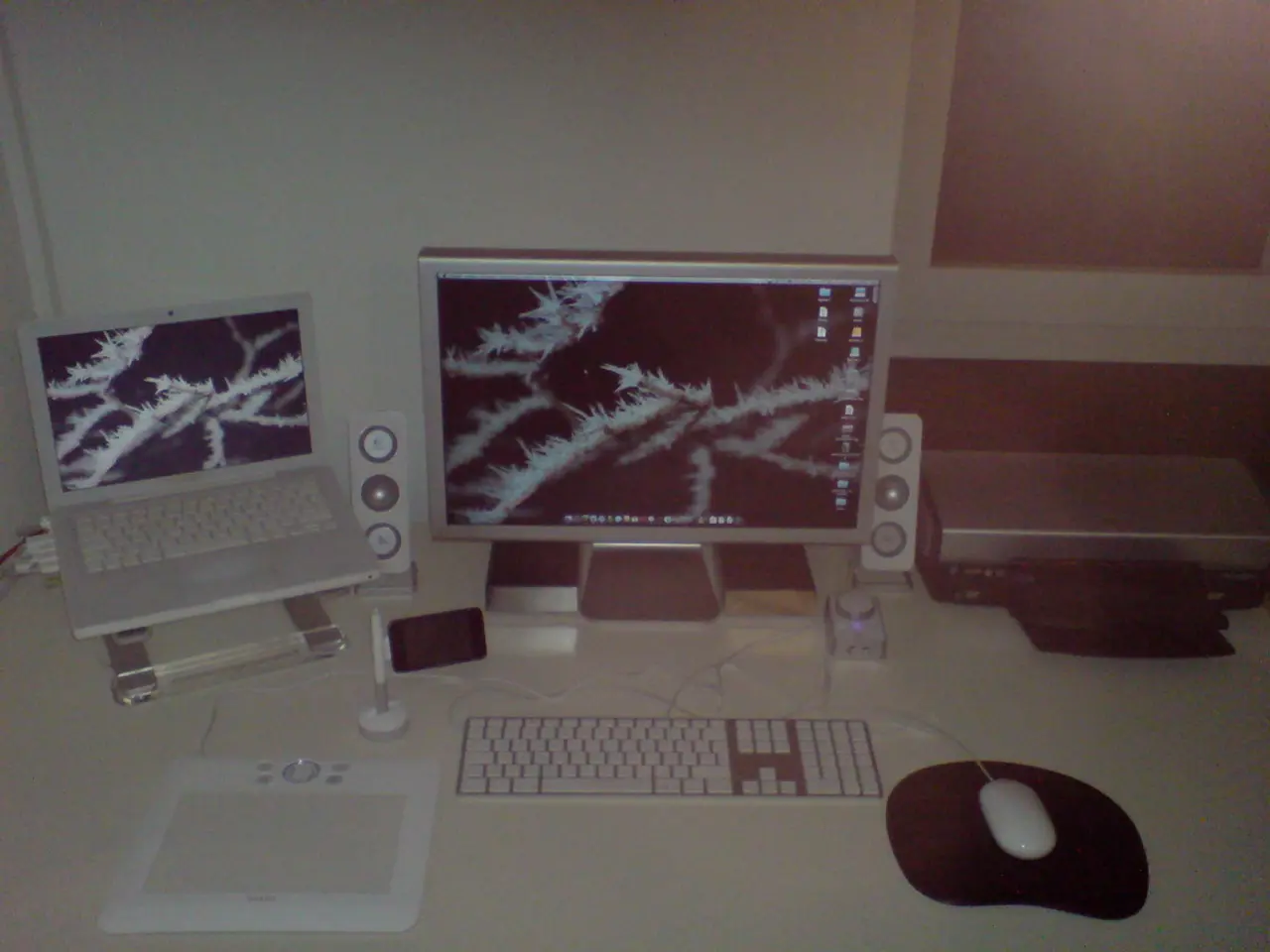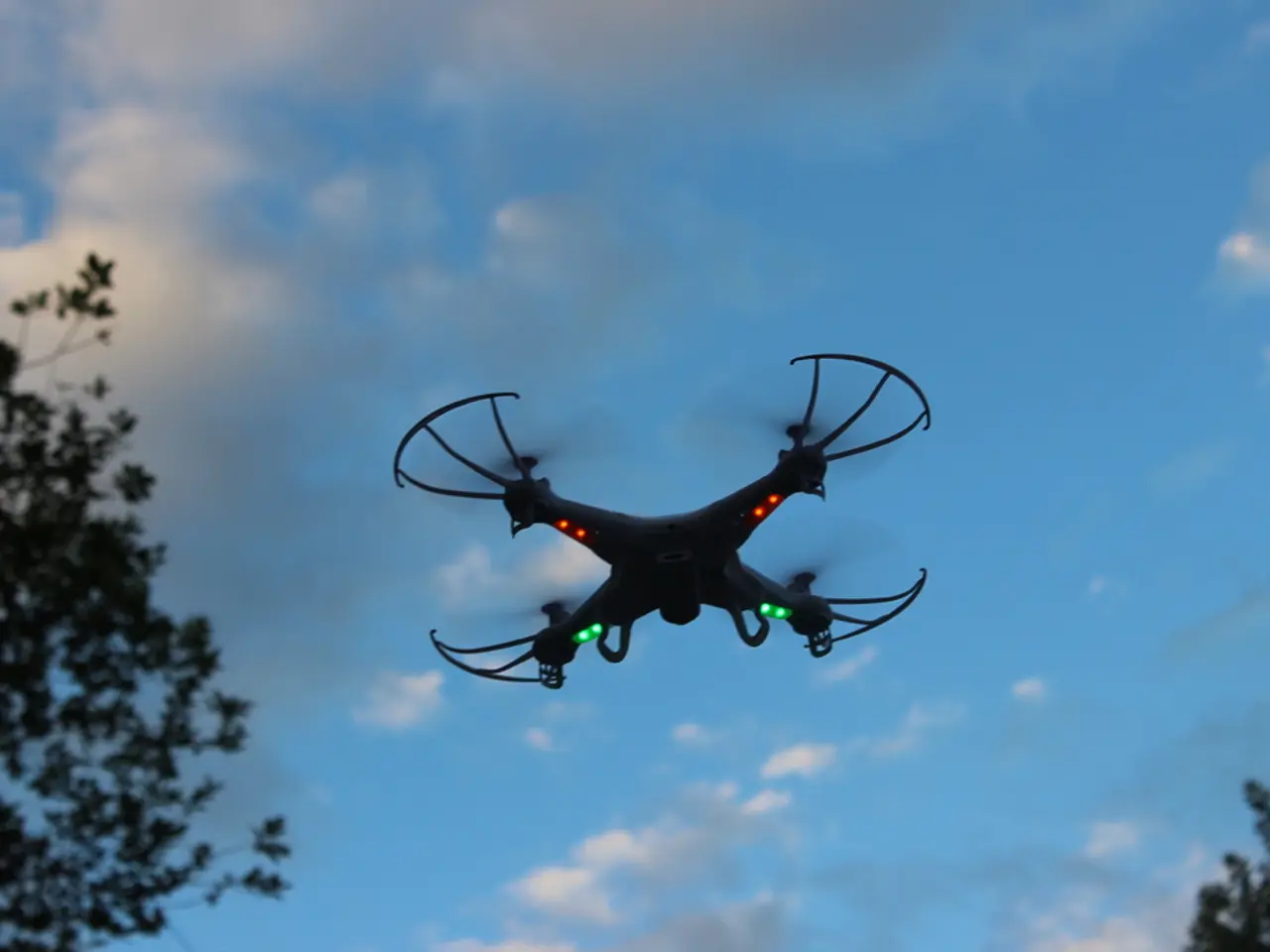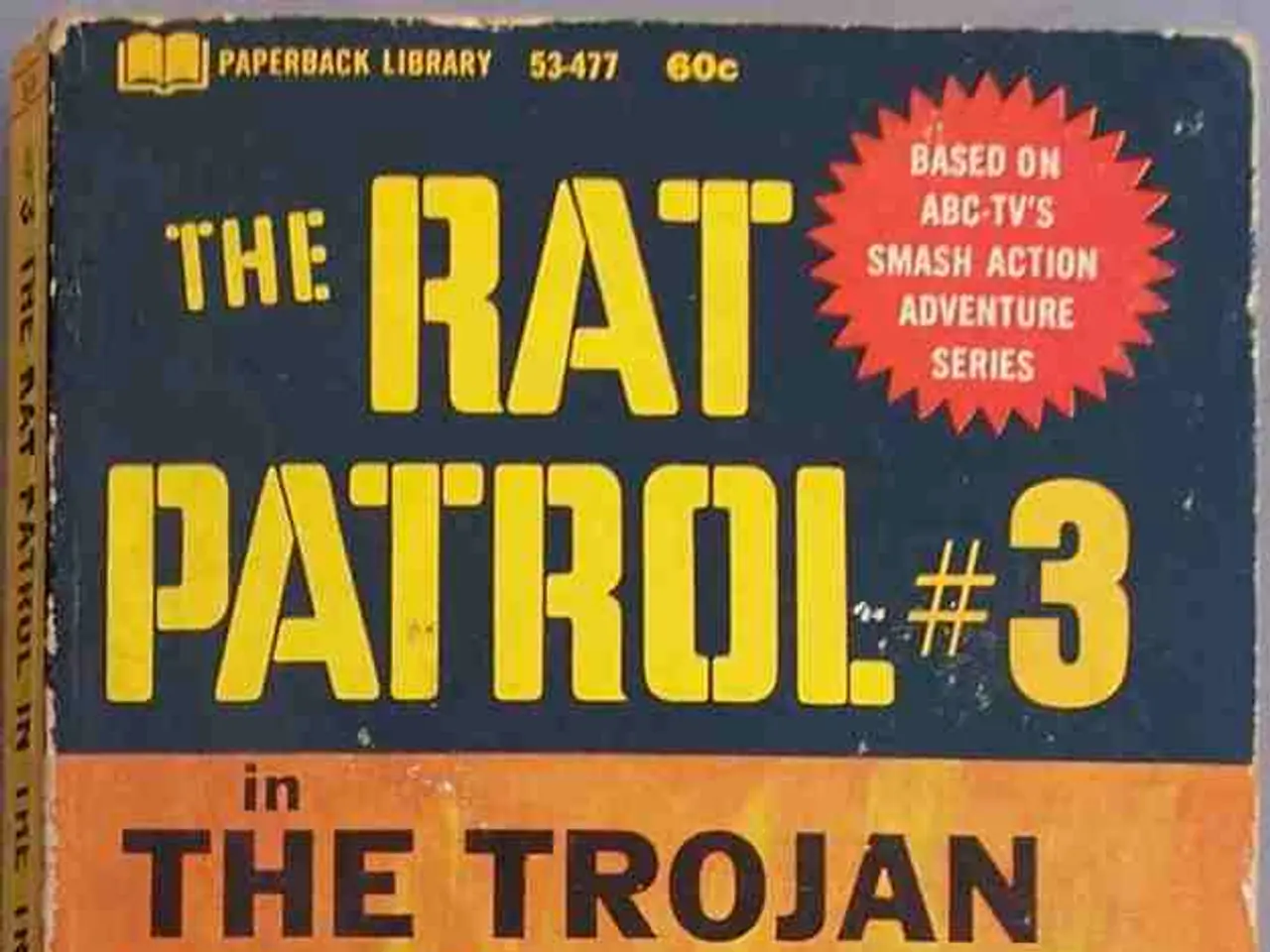A quantum computing company aims to introduce a 1000-qubit device by the year 2031, potentially rendering the conventional high-performance computing industry obsolete.
Quantum Computing's Future Quantum Leap With Nord Quantique* Nord gets close to delivering a compact, powerful quantum computer* Traditional HPC might crumble with Nord's speed and energy savings* Cracking RSA-830 in an hour could transform cybersecurity
Slip through the wormhole and enter the realm of quantum computing's future with Nord Quantique. This quantum titan plans to deliver a mind-bendingly powerful quantum computer, boasting more than a thousand logical qubits, by 2031.
Shaking Up the Classics
If Nord succeeds, they'll deal classical high-performance computing a devastating blow. With ultra-fast performance and energy-saving prowess, traditional HPC systems might become relics of the past.
Multimodal Magic: Revamping Quantum Error Correction
Nord Quantique's secret sauce is a technique called multimode encoding, using the Tesseract code. This magic trick lets each physical cavity represent more than one quantum mode, upping redundancy and robustness without adding complexity or size.
"This multimode encoding is the key to building quantum computers with top-notch error correction capabilities," marvels CEO Julien Camirand Lemyre. "Traditional quantum computers are the brontosaurus of the quantum world. Our machines are more like a hummingbird, whizzing around inside a data center!"
Think Small, Win BIG
Nord's machines are petite, occupying just 20 square meters. That's a far cry from the 1,000-20,000 square meters demanded by the competition. This compact design makes these quantum marvels a perfect fit for data center integration.
"Within the quantum race, better error correction, without beefing up the physical infrastructure, is like discovering a shortcut to the North Pole," Lemyre explains. "Our approach is a big leap forward on the road to utility-scale quantum computing."
Ready to propel your biz? Subscribe to our newsletter!
Sign up to our platform's Pro newsletter for the information, insights, and guidance your business needs to zome like a true quantum pioneer!
Encoding for Tomorrow
In a side-by-side tech demo, Nord demonstrated exceptional performance, logging more than 32 error correction cycles without any measurable decay. The fight against quantum errors is crucial for the development of practical quantum computers.
Professor Yvonne Gao from the National University of Singapore is impressed. "Nord's approach of encoding logical qubits in multimode Tesseract states is a brilliant method of addressing error correction. They're crucial players in the journey to utility-scale quantum computing."
Guarding the Circuit Breaker
While independent verification is vital, Nord's innovations create excitement in the quantum community. Still, there are questions about its long-term reliability. Post-selection, used in error correction demonstrations, discards 12.6% of data per round. This helps show stability, but it raises concerns about real-world consistency.
In the quantum realm, the gap between laboratory breakthroughs and practical deployment can span the length of a starship. The claims about energy reduction and system miniaturization, while mind-boggling, need real-world validation to cement Nord's place in the quantum pantheon.
Curious About More?
- Windows 11 upgrades just got breezy - Microsoft rolls out a new biz backup tool
- Top picks for 3D modeling software for 3D printing and beyond
- The hottest portable monitors on the market
[Extra] Nord Quantique's stunning advances in quantum computing are centered on:
- Multimode Encoding Breakthrough: Nord has made significant strides in developing bosonic qubit technology using multimode encoding. This approach reduces the number of qubits required, enhances error correction capabilities, and lengthens system lifespans by suppressing "silent" errors.
- Energy Efficiency and Space Savings: Their quantum systems are remarkably compact, consuming a tiny fraction of the energy used by classical high-performance computing systems for similar tasks. Solving RSA-830 will consume just 120 kWh in an hour, whereas classical HPC would use 280,000 kWh over nine days.
- Scaling and Timeline: Nord Quantique aims to deliver its first utility-scale quantum computers with more than a hundred logical qubits by 2029. They're also planning to develop a larger system with more than 1,000 logical qubits by 2031.
- Funding and Partnerships: Nord Quantique has received substantial funding, including $9.5 million in seed funding, and was selected by DARPA for a research program aimed at developing a usable quantum computer by 2033. This support underscores their potential to make crucial contributions to the advancement of quantum computing technology.
In the quantum computing race, Nord Quantique's innovations are poised to disrupt both traditional data-and-cloud computing and classical high-performance computing realms, with its groundbreaking technology and significant strides in energy-efficient, space-saving quantum error correction methods such as multimode encoding.
Quantum titans like Nord Quantique are using multimodal magic like the Tesseract code for encoding logical qubits, revolutionizing the realm of quantum computing and effectively condensing the size of quantum computers, allowing them to seamlessly integrate within data-centers.





